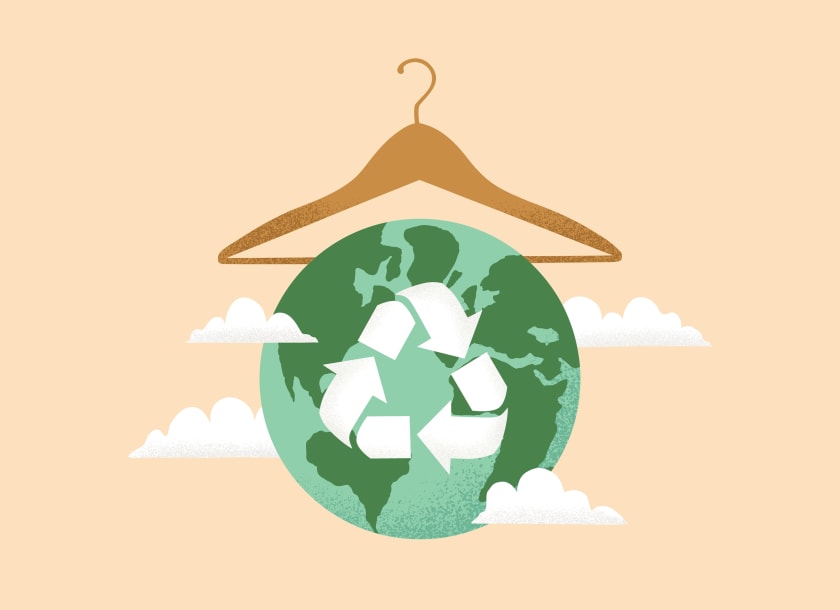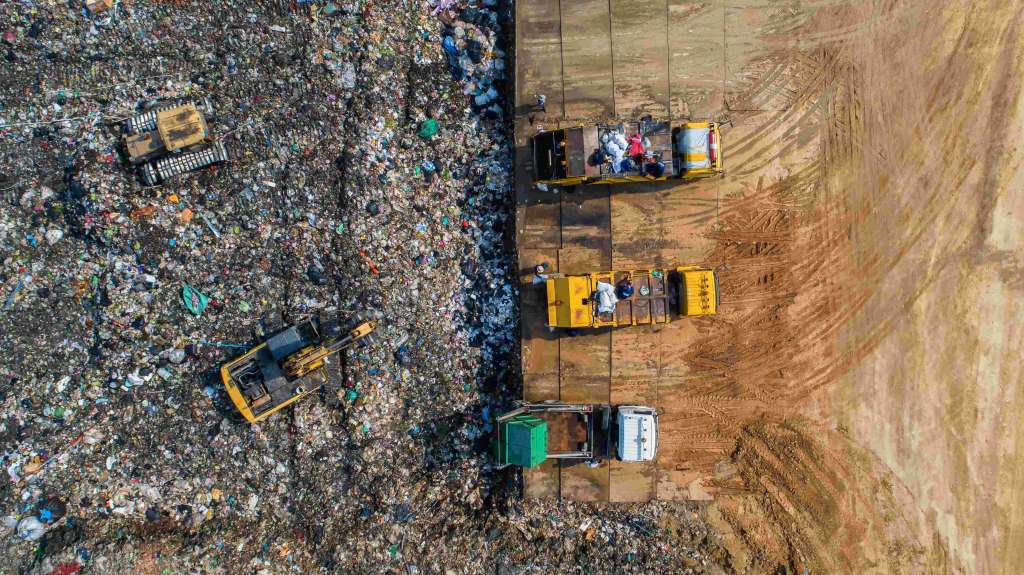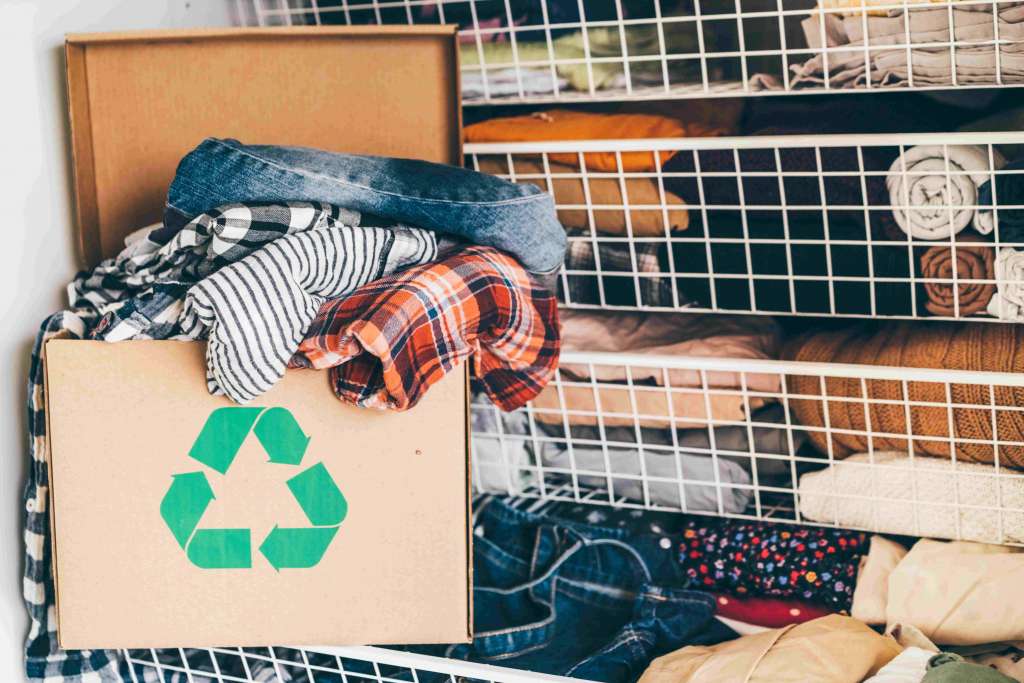Eco Fashion: A Refreshing Take on Environmental Sustainability



Summary: Fashion has distanced itself from environmental sustainability for long. At present, to accommodate the growing eco-consciousness among consumers, fashion brands are warming up to the idea of sustainable practices. Here's a look at the steps fashion brands are taking to create sustainable clothing.
Shift to Sustainability
Sustainability is no longer a buzzword. People’s thoughts about climate change have undergone a paradigm shift. The ideological shift has reintroduced slow fashion, circularity, and eco-fashion into mainstream conversations.
The worlds of environment and fashion are poles apart. But there has been a sweeping change in mindsets, habits, and consumption patterns in recent times.
That said, in a world of greenwashing, how can fashion brands add sustainability to their operations? Here are a few ways in which fashion brands can switch to environmental sustainability the right way.
Sourcing Holds the Key
The first step for apparel brands is sourcing the right materials. A McKinsey study of brands with a total sourcing value greater than $100 billion revealed how most brands in this sector are advocating sustainable and transparent sourcing. Building a robust supply chain with end-to-end transparency is the next step.
Slowing Down Fashion
Fashion waste is a real problem. While landfill waste generation is a major challenge, the methods used to dispose of waste form the crux of the issue.

According to estimates, half a million tons of microfiber pollution gets flushed into the ocean every year. Fast fashion alone generates waste worth $500 billion each year. This has two main reasons. First, new trends and styles are launched every season. Second, with increasing demand based on the latest trends, multiple products infiltrate the market simultaneously. Both factors contribute to the overwhelming waste production in fashion.
Mass-produced fashion is cost-effective. If fashion brands produce sustainable apparel on a mass scale, they could steer consumer choices and manufacturing practices toward environmental sustainability.
Circularity for the Win!
Several global organizations have offered to help the fashion industry switch to a circular economy. Pegged on the principles of reuse-recycle-upcycle, the model deals with more than cutting down on landfill waste.

On this front, upcycling can help brands reimagine their clothing in a different light. Preloved apparel not only finds new owners but also allows brands more space to innovate.
Ditch the Plastics
Besides microfibers, single-use plastic is a major industrial pollutant. To avoid plastics, many brands have opted for paper packaging over plastics for most purchases.
That said, the argument on deforestation cannot be overlooked. Thirteen major global markets are expected to ship more than 250 billion packages every year by 2027. Most of this plastic moves to landfills within a year of production.
Materials used for making apparel can also cause pollution. Every year, the fashion industry consumes several million barrels of petroleum for producing plastic-based fibers such as polyester, nylon, and acrylic.
Switching to plant-based fabrics such as organic cotton and wool can help. Synthetic cellulosic fibers such as viscose, lyocell, modal, and cupro are the most common fibers after cotton. Many manufacturers are also exploring wood pulp and other plant-based materials to keep carbon sinks intact.
Advertise your Advocacy
Buyers mostly learn about sustainable fashion through product promotions by fashion brands. Fashion brands need to interest their consumers in switching to greener options. For this, brands can use creative tools such as websites, blogs, social media, and advertising.

From using clean energy such as wind and solar power to using electric vehicles for product delivery, each green choice should be conveyed with clarity to consumers. These small steps could go a long way in promoting brand loyalty.
Key Takeaways
- Consumers seek positive impact and sustainability in all that they consume, including fashion.
- Fashion brands advocating sustainable choices are gaining popularity for the right reasons.
- Sustainability, while still a choice, will soon become a necessity for fashion brands to thrive.
If you are looking to enter the world of sustainable fashion with your brand, Fashinza's AI-driven platform can help you find the best solutions. Reach out to us and partner with manufacturers and suppliers specializing in sustainable manufacturing. Talk to us at Fashinza to know more!



















